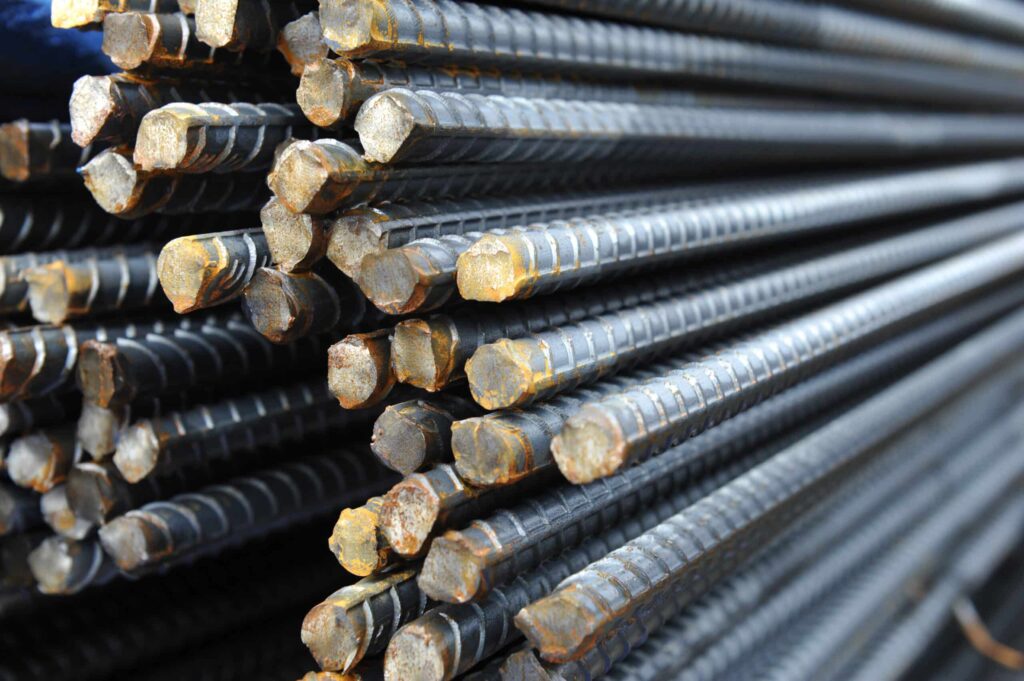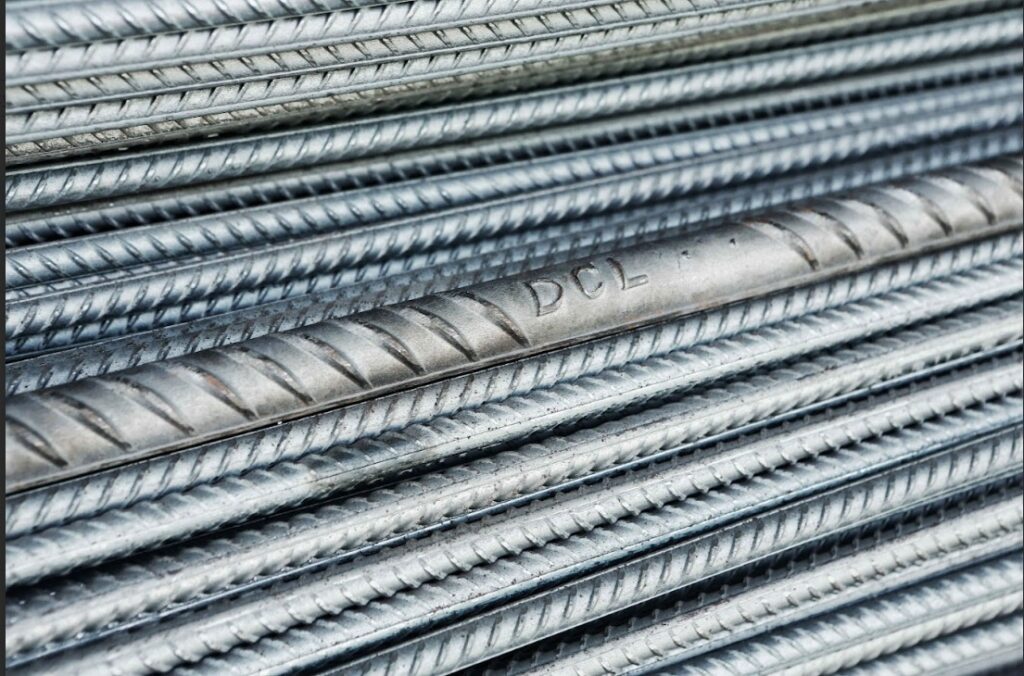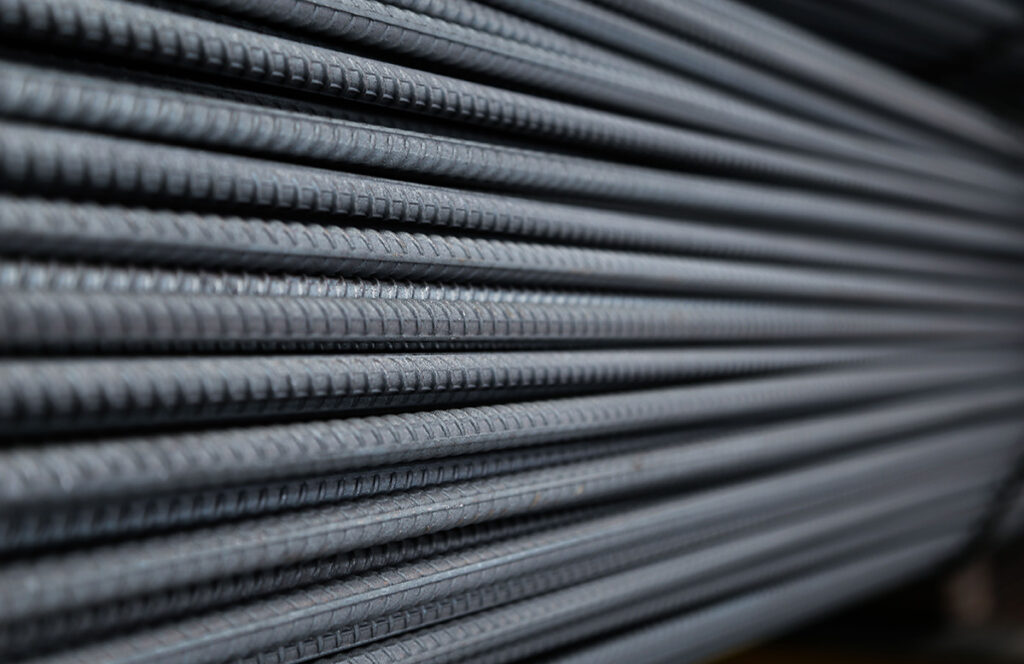Reo bar, also known as reinforcing bar or rebar, is a critical component in construction, providing the tensile strength necessary to support concrete structures. Despite its importance, several myths about reo bar persist, leading to misunderstandings and misapplications in the field. This article aims to debunk five common myths surrounding reo bar, ensuring that professionals and enthusiasts alike have a clear understanding of its properties and uses.
Myth 1: Reo Bar Is Only Used for Large Structures
Understanding the Versatility of Reo Bar
One of the most prevalent myths is that reo bar is solely reserved for large-scale constructions such as bridges, skyscrapers, and dams. In reality, reo bar is utilised in a variety of projects, ranging from small residential buildings to intricate architectural designs. Its versatility is one of the reasons it has become a staple in the construction industry.
Even in smaller projects, the use of reo bar can significantly enhance the structural integrity of buildings. For instance, in domestic construction, it is often employed in foundations, driveways, and retaining walls. The adaptability of reo bar allows it to be tailored to meet the specific requirements of any project, regardless of its size. Moreover, the incorporation of reo bar in these smaller structures not only provides strength but also helps in resisting various forces such as tension and shear, which are critical for maintaining stability over time.

Applications Beyond the Obvious
Reo bar’s applications extend beyond traditional construction. It is frequently used in precast concrete products, such as pipes and panels, as well as in the production of concrete furniture and artistic installations. This wide range of uses showcases the material’s flexibility and importance in both functional and aesthetic aspects of construction. Additionally, the integration of reo bar in landscaping projects, such as garden walls and decorative features, illustrates its ability to blend seamlessly into various environments while providing the necessary support and durability.
Furthermore, the use of reo bar in innovative architectural designs has led to the emergence of striking structures that challenge conventional aesthetics. Architects and designers are increasingly experimenting with the material, creating unique forms and shapes that not only serve a purpose but also enhance the visual appeal of a space. This trend highlights how reo bar is not just a utilitarian component but also a key player in the evolution of modern design, allowing for the creation of spaces that are both functional and artistically inspiring.
Myth 2: All Reo Bar Is the Same
The Variations in Reo Bar
Another common misconception is that all reo bar is identical. In truth, there are various types of reo bar, each designed for specific applications and environments. The most common types include deformed bars, plain bars, and epoxy-coated bars, each with unique properties that cater to different construction needs.
Deformed bars, for example, feature ridges that enhance their bond with concrete, making them ideal for structural applications. On the other hand, plain bars are typically used in non-structural applications where bonding is less critical. Epoxy-coated bars are specifically designed to resist corrosion, making them suitable for environments exposed to moisture or chemicals. Read more about moisture at https://pubmed.ncbi.nlm.nih.gov/21490547/
Choosing the Right Type
Understanding the differences between these types of reo bar is crucial for ensuring the longevity and safety of any construction project. Selecting the appropriate reo bar based on the specific requirements of the project can lead to better performance and reduced maintenance costs over time.
Moreover, the choice of reo bar can also impact the overall sustainability of a construction project. For instance, using high-strength deformed bars can reduce the amount of steel needed, thereby minimising the environmental footprint associated with steel production. Additionally, advancements in manufacturing techniques have led to the development of high-performance bars that offer enhanced durability and resistance to environmental factors, further extending the lifespan of structures. Understanding these nuances not only aids in compliance with building regulations but also promotes responsible construction practices.
Furthermore, it is essential to consider the local climate and specific site conditions when selecting reo bar. In regions prone to high humidity or exposure to saline environments, the use of epoxy-coated bars may be indispensable to prevent premature deterioration. Similarly, in areas with seismic activity, the flexibility and tensile strength of certain reo bars can play a pivotal role in ensuring the resilience of structures during earthquakes. Thus, a thorough assessment of both the material properties and environmental factors is vital in making an informed decision regarding the type of reo bar to utilise.
Myth 3: Reo Bar Is Only for Reinforcing Concrete
Reo Bar in Other Materials
While reo bar is primarily associated with concrete reinforcement, it is not limited to this application. Many professionals believe that its sole purpose is to strengthen concrete; however, reo bar can also be used in conjunction with other materials, such as masonry and asphalt.
In masonry construction, reo bar is often integrated into walls and columns to enhance stability and load-bearing capacity. Similarly, in asphalt applications, it can be used to reinforce pavements, providing additional strength and durability. This versatility highlights the importance of understanding the full range of reo bar applications. For instance, in areas prone to seismic activity, the incorporation of reo bar into masonry can significantly improve the resilience of structures, allowing them to withstand the forces generated during an earthquake. Furthermore, the use of reo bar in asphalt not only increases the lifespan of roads but also reduces maintenance costs, making it a cost-effective solution for urban infrastructure.
Innovative Uses in Modern Construction
As construction techniques evolve, the uses of reo bar continue to expand. Innovative designs now incorporate reo bar into composite materials, which combine the benefits of different materials to achieve superior strength and performance. These advancements demonstrate that reo bar is not just a traditional reinforcement tool but a key player in modern construction methodologies. For example, in the realm of green building, reo bar is being used in conjunction with recycled materials to create eco-friendly concrete alternatives, thus reducing the carbon footprint of construction projects. Additionally, the integration of reo bar into 3D-printed structures is paving the way for more intricate designs and faster construction times, showcasing the material’s adaptability in the face of technological advancements. Click here to find more about carbon,

Myth 4: Reo Bar Is Not Affected by Environmental Conditions
The Impact of Corrosion
Many individuals mistakenly believe that reo bar is impervious to environmental factors. In reality, corrosion is a significant concern, especially in regions with high humidity, salt exposure, or chemical pollutants. Over time, corrosion can weaken the structural integrity of concrete, leading to costly repairs and safety hazards.
Understanding the environmental conditions that can affect reo bar is crucial for ensuring long-term performance. For instance, in coastal areas, using epoxy-coated or stainless steel reo bar can help mitigate the risks associated with corrosion, prolonging the lifespan of structures. Additionally, the presence of chlorides from de-icing salts or seawater can exacerbate the corrosion process, making it imperative for engineers to select appropriate materials and design strategies that can withstand such challenges. The impact of temperature fluctuations should not be underestimated either, as extreme heat or cold can also affect the performance of both the concrete and the reo bar, leading to expansion and contraction that may compromise structural integrity.
Preventative Measures
To protect reo bar from environmental damage, several preventative measures can be implemented. These include proper concrete cover, which acts as a barrier against moisture and chemicals, as well as regular inspections to identify early signs of corrosion. By taking these steps, construction professionals can safeguard their projects and ensure the durability of their structures. Furthermore, incorporating corrosion inhibitors into the concrete mix can provide an additional layer of protection, helping to slow down the corrosion process significantly. It is also advisable for construction teams to stay informed about the latest advancements in materials and protective coatings, as ongoing research continues to yield innovative solutions that enhance the resilience of reo bar against environmental degradation.
Myth 5: Reo Bar Installation Is Simple and Requires No Expertise
The Complexity of Proper Installation
A common myth is that installing reo bar is a straightforward task that anyone can undertake. In truth, proper installation requires a high level of expertise and knowledge of engineering principles. Incorrect placement or insufficient coverage can lead to structural failures, making it essential for trained professionals to handle the installation process.
Factors such as the spacing, orientation, and anchorage of reo bar must be carefully considered to ensure optimal performance. Additionally, understanding the specific requirements of the project, including load-bearing capacities and environmental conditions, is crucial for achieving the desired results. For instance, in areas prone to seismic activity, the design and placement of reo bar must be meticulously planned to withstand potential earthquakes, highlighting the need for specialised knowledge in such scenarios.
The Role of Professional Training
Investing in professional training for those involved in reo bar installation can significantly enhance the quality of construction projects. By ensuring that workers are knowledgeable about best practices and industry standards, construction companies can reduce the risk of errors and improve overall project outcomes. Furthermore, ongoing training and certification can keep professionals abreast of the latest advancements in materials and techniques, which can lead to more innovative and efficient construction methods.
Moreover, the importance of adhering to safety regulations cannot be overstated. Proper training equips workers with the necessary skills to identify potential hazards associated with reo bar installation, such as the risks of working with heavy materials and the importance of using protective equipment. This not only fosters a safer working environment but also instills a culture of safety within the team, ultimately contributing to the longevity and durability of the structures being built.
Conclusion
In conclusion, debunking these common myths about reo bar is essential for promoting a better understanding of its role in construction. Recognising the versatility, variations, and importance of proper installation can lead to safer, more durable structures. As the construction industry continues to evolve, staying informed about the realities of materials like reo bar will ensure that projects are completed to the highest standards.
By dispelling these misconceptions, construction professionals and enthusiasts alike can make more informed decisions, ultimately leading to improved safety and performance in their projects. Embracing the truth about reo bar not only enhances individual projects but also contributes to the overall advancement of the construction industry.
Read about chain and shade mesh on: Enhance Site Safety with Chain & Shade Mesh for Crowd Control

